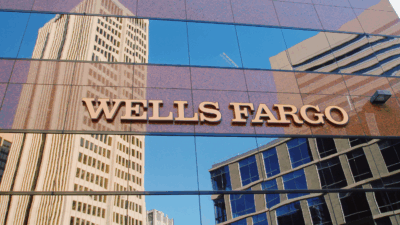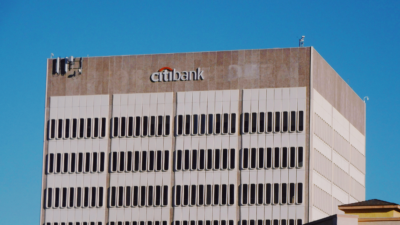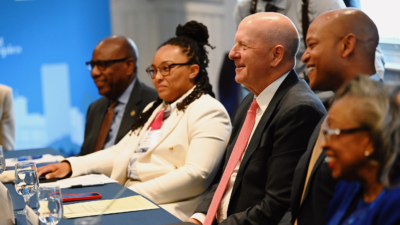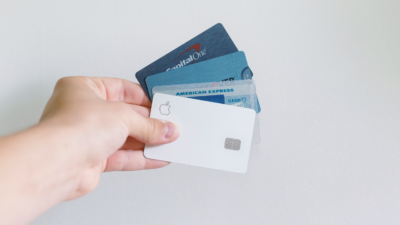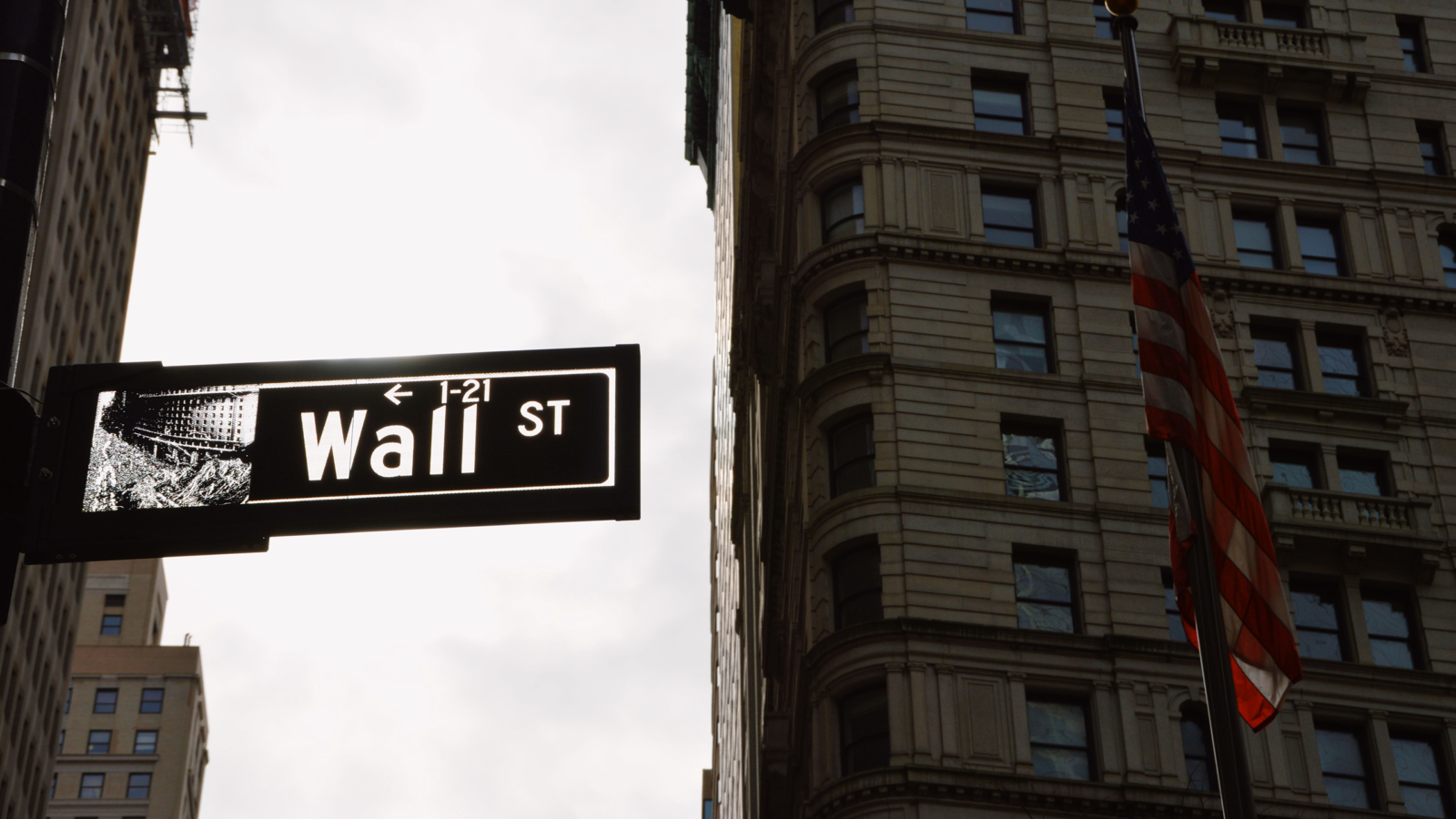Banks Have a Lot of Cash But Aren’t Ready to Use It
The lenders that survived last spring’s crisis throughout the industry are flush, but are still shy about spending.

Sign up for smart news, insights, and analysis on the biggest financial stories of the day.
The Federal Reserve is set to slash interest rates this year, maybe as many as three times, potentially sparking the economy. But that’s assuming gun-shy lenders are going to lend.
Too Big to Fail
Last spring was a tumultuous time for regional banks: Silicon Valley Bank, First Republic Bank, and Signature Bank all folded within weeks of each other. The shutterings were caused by a combination of rising interest rates, poor risk management, and downturns in the commercial real estate market, among other reasons. But the big takeaway was that these lenders lacked the cash on hand for a worst-case scenario, like a bank run.
The big banks, though, not only survived the crisis but made it out with a few wins. JPMorgan won a deal to assume all of First Republic’s $92 billion in deposits, and it reportedly gained about $50 billion in new deposits from panicky customers who jumped ship to the megabank. Those left standing had the cash to navigate the crisis — and they still do:
- About 15% — more than $3.4 trillion — of US commercial banks’ assets were in cash, as of the Fed’s most recent data in December. It’s not the highest ever, but it’s well above the 10% level at the end of 2019. Fed Chair Jerome Powell said in November that “it’s hard to make a case that reserves are even close to scarce at this point.”
- But Mark Cabana of Bank of America told The Wall Street Journal that banks’ comfort in cash levels is understandably not what it used to be. “The best antidote to the type of issues that plagued the banks that went under [in 2023] is more liquidity, more cash. Banks are behaving in ways that imply that their lowest comfortable level of reserves is much higher than it was historically.”
A Bigger Buffer: Those healthier reserves are also a response to upcoming regulations proposed last summer. To avoid future runs, the Fed and other government agencies want to set new capital requirements for lenders. Major banks are required to have $9 to $13 for every $100 in risk-weighted assets, but under the proposed changes they would have to add about $2 to the ratio, and that can add up when your assets under management are valued in the trillions. Leaders from major banks have already voiced their disdain for the proposals and are mulling legal action against the government. The Fed’s take on cash reserves is like a parent looking at a report card — “It’s good, but you can do better.”



